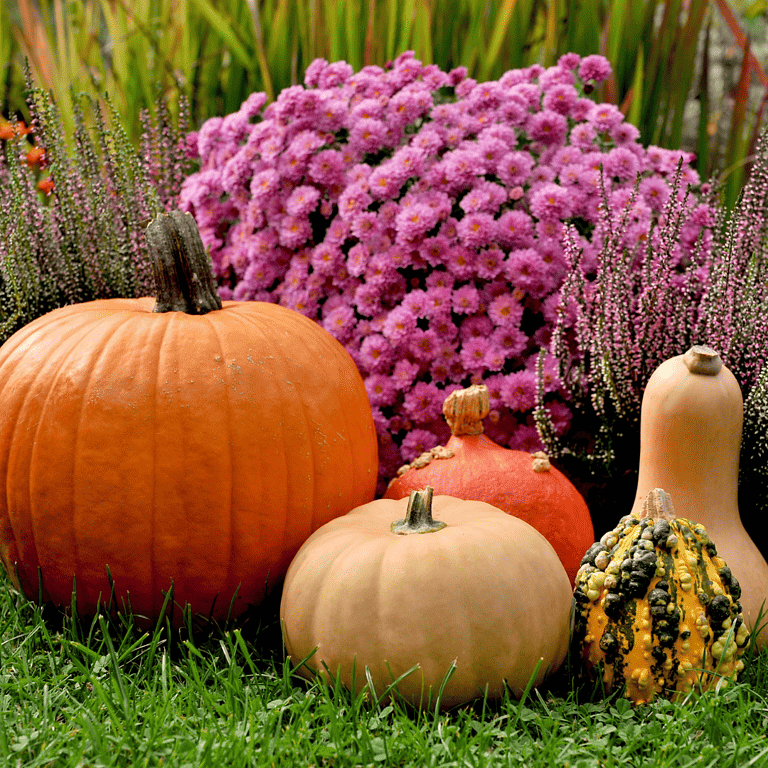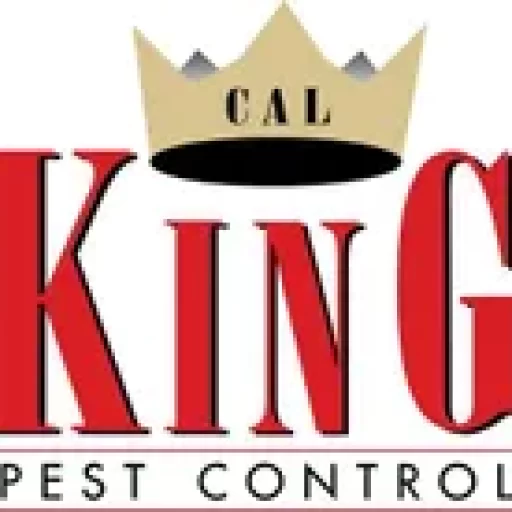Fall Garden Pest Management:
Protecting Your Plants and Soil

As summer transitions into fall, gardeners can breathe a sigh of relief as cooler temperatures bring relief from the scorching sun. However, this change in seasons also signals the arrival of new challenges in the form of fall garden pests. To keep your garden thriving through autumn, it's essential to have a plan for pest management. In this blog post, we'll explore common garden pests that emerge in the fall and eco-friendly methods to protect your plants and soil.
Common Fall Garden Pests
Aphids: These small, soft-bodied insects are notorious for sucking the sap from plants, causing wilting and damage to leaves and stems.
Caterpillars: Some caterpillar species, like cabbage worms and tomato hornworms, can devastate your garden by chewing through leaves and fruit.
Snails and Slugs: These mollusks are active in cool, damp weather and can quickly decimate seedlings and tender plants.
Beetles: In the fall, you may encounter pests like the Japanese beetle, which can skeletonize leaves and devour flowers.
Eco-Friendly Pest Management Strategies
Companion Planting: Utilize the power of companion planting by growing pest-repelling plants near your vulnerable crops. For example, marigolds deter aphids, and nasturtiums can attract aphids away from your other plants.
Beneficial Insects: Attract beneficial insects like ladybugs and lacewings to your garden. These natural predators feed on common pests and can help keep their populations in check.
Hand-Picking: Regularly inspect your plants and remove pests by hand. Wearing gloves, pick off caterpillars, snails, and slugs. This method is particularly effective for small infestations.
Neem Oil: Neem oil is a natural pesticide derived from the neem tree. It disrupts the feeding and reproduction of many garden pests. Dilute neem oil with water and apply it to affected plants.
Diatomaceous Earth (DE): Sprinkle food-grade diatomaceous earth around your garden beds. DE is a natural substance that dehydrates and damages the exoskeleton of pests like snails, slugs, and beetles.
Continued:
Floating Row Covers: Use floating row covers to physically block pests from reaching your plants while still allowing sunlight and rain to pass through.
Mulching: Apply mulch around your plants to deter snails, slugs, and weed growth. Mulch also helps retain soil moisture, which can discourage certain pests.
Homemade Pest Repellents: Create natural pest repellents like garlic and chili pepper spray. Blend garlic and chili peppers with water, strain the mixture, and spray it on plants to deter pests.
Crop Rotation: Rotate your crops each season to disrupt the life cycles of pests that may overwinter in the soil. Different plants attract different pests, so changing locations can help break the cycle.
Healthy Soil and Strong Plants: Maintain nutrient-rich, well-draining soil, and ensure your plants are healthy and well-nourished. Strong, vigorous plants are less susceptible to pest damage.
In conclusion, fall garden pest management is essential to protect your plants and soil from common invaders. By adopting eco-friendly pest control methods, you can keep your garden thriving while minimizing harm to the environment. Remember that prevention and early detection are key to effectively managing garden pests, so stay vigilant and enjoy a bountiful and pest-free autumn harvest.







